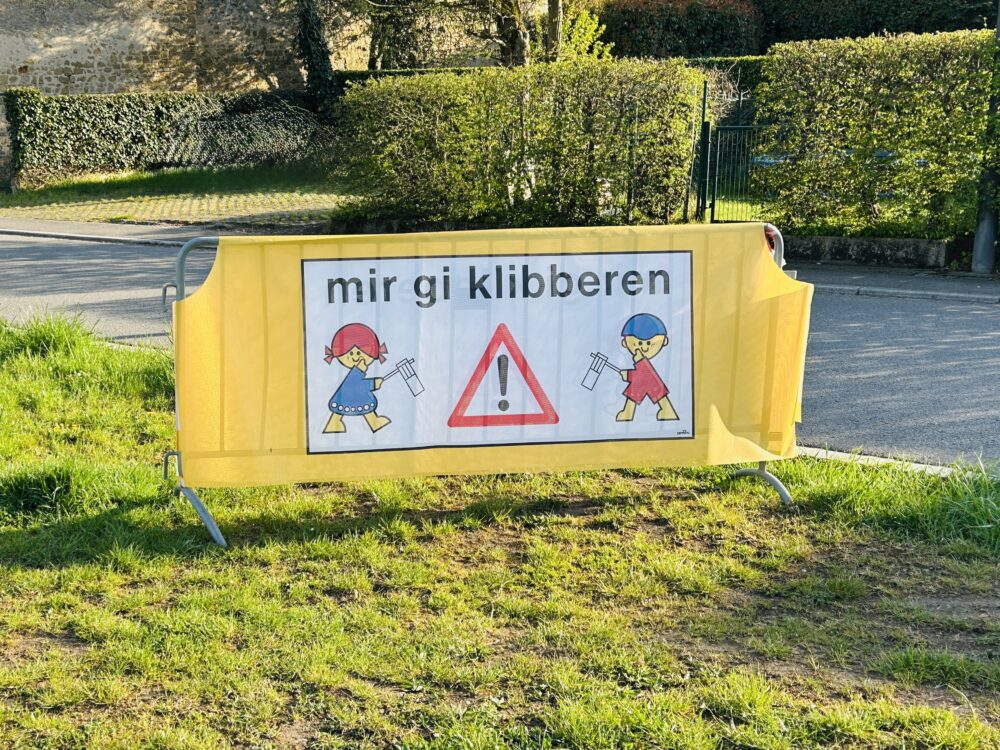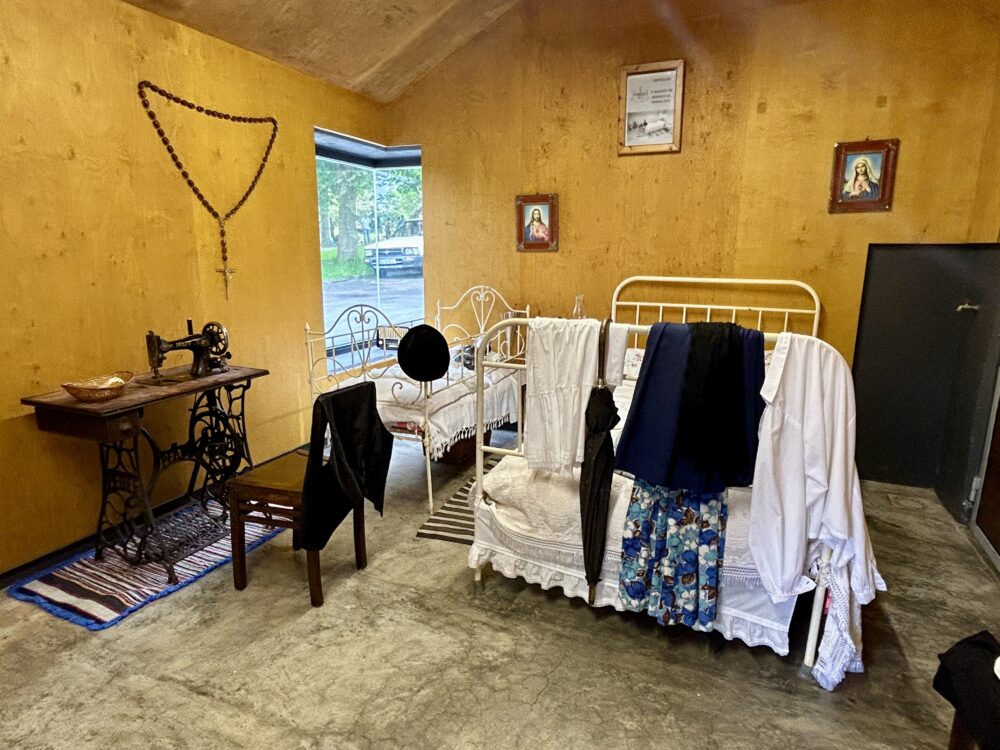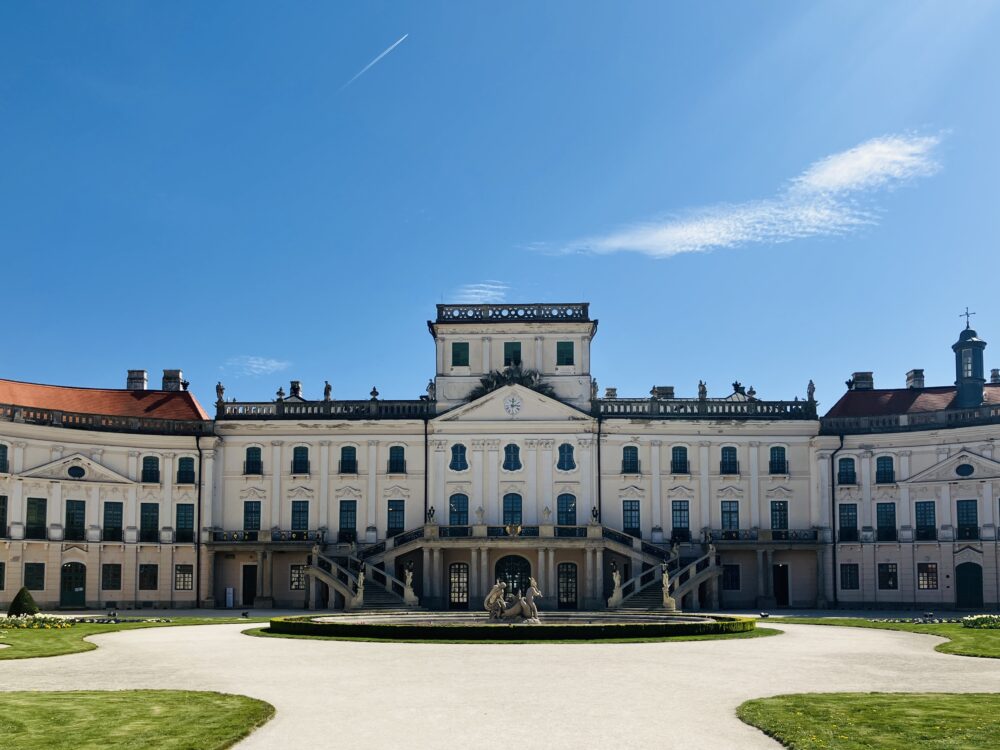The tradition of Klibberen in Luxembourg is a cherished Easter custom, steeped in history and community spirit. During Holy Week, starting from Maundy Thursday, church bells traditionally “fly to Rome” as a symbolic gesture of mourning for the death of Jesus Christ. In their absence, the sound of wooden ratchets, known as “Klibber,” fills the air. Children, often called “Klibberkanner,” walk through villages three times a day, using these wooden instruments to call people to prayer.
This practice has deep historical roots, with mentions dating back to the late 19th century. Some even trace its origins to ancient rituals aimed at warding off evil spirits. The word “Klibberen” itself is linked to the sound produced by the wooden ratchets and has ties to medieval traditions.
Recognized as part of Luxembourg’s intangible cultural heritage since 2022, the tradition continues to thrive, especially in the northern and central regions of the country. It’s not just about the noise, it’s a way to bring communities together, preserve cultural identity, and celebrate the spirit of Easter.
Similar to Klibberen, Luxembourg also celebrates “Liichten,” a tradition that takes place on February 2nd, known as Candlemas or “Liichtmëssdag.” On this day, children go from house to house with lanterns, singing traditional songs and wishing for a good harvest in return for sweets and treats. Like Klibberen, Liichten is deeply embedded in community spirit and cultural identity, serving as a reminder of the importance of light and hope during the darker months.
During Klibberen, as children walk through the streets, the police often place reminders along the roads for drivers to be extra cautious.
#Klibberen #Liichten #LuxembourgCulture #CulturalHeritage #CommunitySpirit













